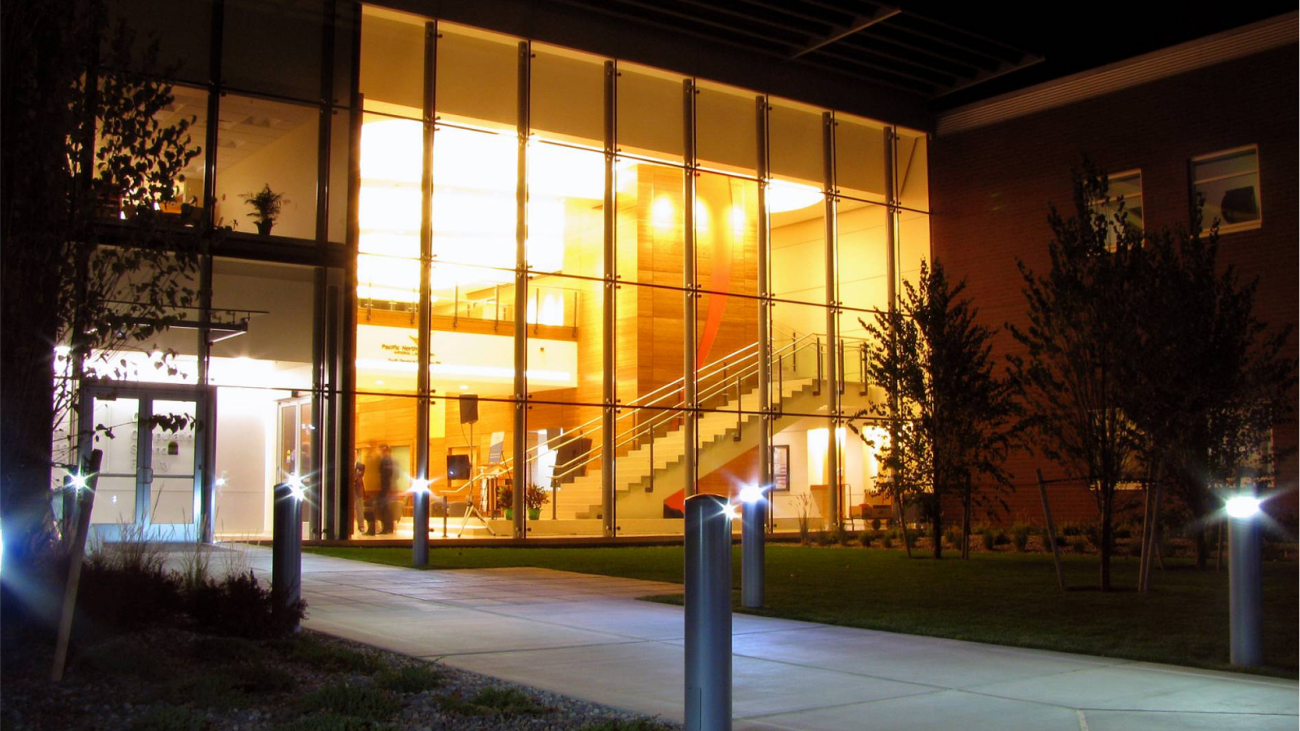
Project name: Alabama Power Smart Neighborhood® (Reynolds Landing)

Partners: Alabama Power, Southern Company, Alabama Power Signature Homes, ORNL, DOE, EPRI
Location: Suburban Birmingham, AL
Connected Community type: Residential new construction, single-family homes
Distributed energy resources installed: The 1 MW utility-owned microgrid is comprised of 330 kW of community solar, a 400 kW natural gas generator and 360 kW of battery storage.
Flexible loads: ORNL developed a cloud-based home energy management system (HEMS) using the VOLTTRONTM control platform to manage the heat pumps and water heaters driven by price signals from a microgrid controller. The HEMS is able to input forecasted price signals, optimize the resources every 15 minutes, and respond with the load at that price.
Aggregated controls: This community is controls-driven and can respond to price signals from a microgrid controller. A VOLTTRON-based device manager in each house reads in data and makes an optimization service request to the community’s central optimizer. The community is designed to minimize each homeowner's interaction with the system and has the capability to run as a "virtual" island to minimize grid exchange.
Value proposition: From the utility perspective, the value proposition and focus was on residential electrification, community-scale distributed generation and energy efficiency. Alabama Power trademarked the Smart Neighborhood and is encouraging builders to offer products under this trademark to generate revenue. The builder is benefiting from the free marketing it gets from these projects and increased demand for Smart Neighborhood projects. From the microgrid controller perspective, takeaways include understanding how responsive homes could be to variations in sub-hourly price signals and how their controls-based strategy could be realized. The home buyer/owner benefited from getting internet-connected appliances (including a Carrier HVAC system, Rheem water heater, and Samsung refrigerator) and a 10% price incentive for energy efficiency upgrades. Homeowners valued the remote smart thermostat controls and the energy efficiency benefits, including bill savings; however, this was not a top priority compared to location and schools.
Grid issues addressed: The microgrid addressed grid issues related to carbon reduction through the optimized use of local renewables and storage, cost of generation/distribution and resilience/reliability in terms of islanding in the event of either planned or unplanned outages.
Grid services used: The DERs, paired with the controllable loads in the neighborhood homes, provide grid services such as demand response and load shaping.
Experience/highlight: The Alabama Power Smart Neighborhood at Reynolds Landing is one of the few examples of a connected community the industry is able to learn from. The community is gathering real customer and DER data for further analysis and future project and program development. Alabama Power is collecting information on consumption, demand reduction, manual overrides, temperature deviations as measures of comfort, as well as preliminary data on greenhouse gas reductions. Assessments of load forecast accuracy is also a focus. The data management and analytics from this project have been studied so the industry can learn how to best store and retrieve usable data. It was determined that metadata is necessary to explain the data and make note of any events like thermostat changes or other controls events as well as the data storage architecture.
Signature Homes, the regional builder that constructed and sold these homes, stated they were very interested in creating a “community” with this project, so quarterly neighborhood meetings were hosted to collect unstructured homeowner feedback as well as monthly homeowner surveys to assess satisfaction and comfort.


